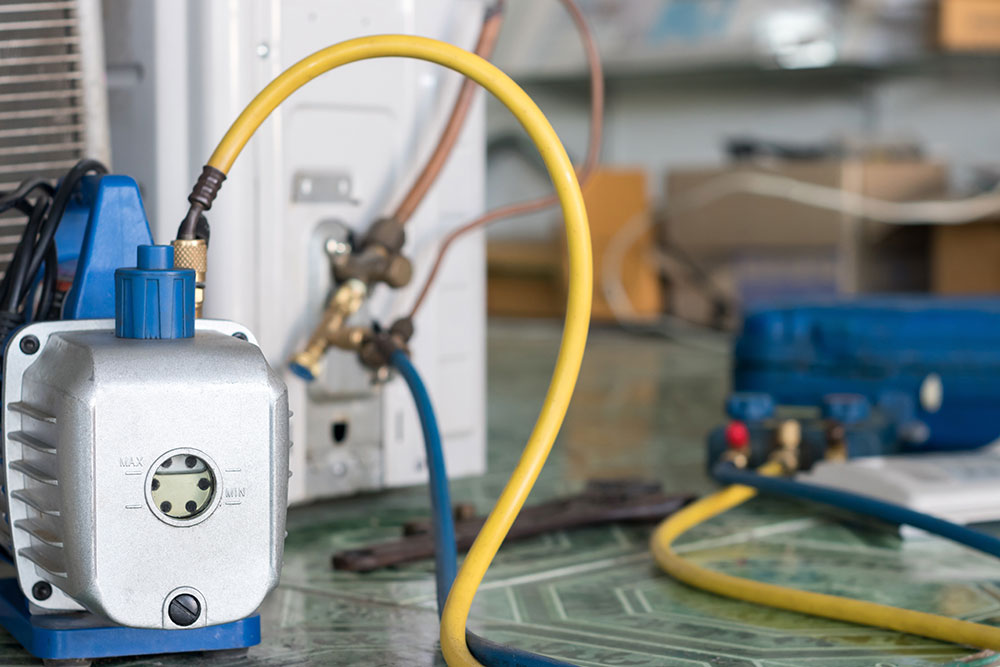We often forget how important it is to create a vacuum in a refrigeration or air conditioning system, or even after a repair in which we have had to open the system through which the refrigerant gas circulates.
The importance is paramount if we look at it in perspective and value the problems we might have:
- Capillary expansion valve plugs. This results in an inability of the system to make the entire refrigerant path through the compressor, condenser, expansion valve and finally evaporator.
- Oxidation of the oil and, as a result, corrosion and deterioration of both the refrigerant fluid and the system’s insulating materials: the varnish protecting the motor windings, the various moving parts of the compressor oxidise and the ferrous components deteriorate.
- Increase in high pressure (uncondensed). This leads to unnecessary effort in the refrigeration or air conditioning system and excessive energy cost.
Procedure for a correct vacuum in a refrigerating or air conditioning system:
The working time of the vacuum pump depends on various factors: capacity of the vacuum pump, total volume of the cooling circuit and amount of water in the system.
If the suction is made through the low and high pressure zone, time is reduced significantly compared to if it is made through only one of the two zones. Finally, we also reduce the time further if suction rubbers are 3/8″ diameter instead of ¼”.
The most common vacuum level is between 1 and 2 mbar. With these quantities, we would consider the humidity level in the refrigeration or air-conditioning system to be acceptable.
The test to confirm the drying of the cooling system must be done by lifting the valve near the pump and observing the vacuum gauge. If moisture has not yet been extracted or there is a small hole in the circuit, the numerical indicator will be emptied of its position with a pressure rise in the cooling system.
Generally, the vacuum time in medium size systems, once the vacuum is obtained, could be between 15 and 25 minutes.

